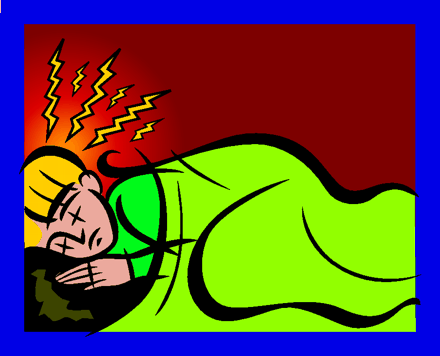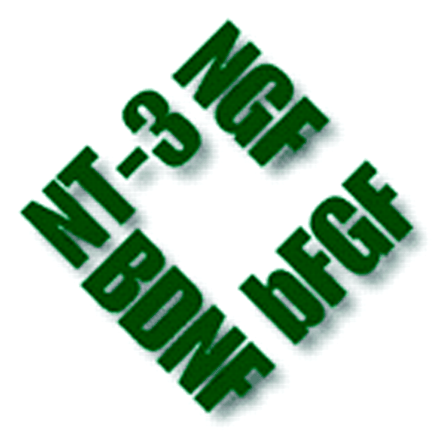Sites of interest on the World Wide Web—edited by Rick Neubig
Migraine Headache Treatment
Nearly one in five women, and one in twenty men, suffer from disabling migraine headaches. Some sufferers can be severely debilitated, and so the understanding of migraine and the development of improved treatment are very important. As a basic introduction to the different types of headaches, a student project provides a good overview with statistics about Primary Headaches (http://dubinserver.colorado.edu/prj/tba/home.htm). A professionally produced general site, Headache Cybertext (http://www.upstate.edu/neurology/haas/index.html), also lists a wide variety of treatments for migraines. The American Medical Association has also compiled a useful site called the Migraine Information Center (http://www.ama-assn.org/special/migraine/migraine.htm), which has links to news, treatment information, and educational information. Finally, Headache Guidelines , presented by the Headache Consortium, offers evidence-based evaluation of various migraine treatments (http://www.ahsnet.org/guidelines.php).
Neurotrophic Factors
Another major area of interest is the modulation of the activity of neurotrophic factors as a therapeutic strategy. The diseases for which this approach may be useful include some of the most difficult and intractable clinical situations (e.g., brain and spinal cord injury, amyotrophic lateral sclerosis, Alzheimer disease). A comprehenisve, but telegraphic, list of Trophic Factors can be found at the Web site of the Neuromuscular Disease Center at Washington University (http://www.neuro.wustl.edu/neuromuscular/lab/trophic.htm). The structures of a number of Neurotrophic Factors and some information about their receptors is also available online at (http://people.cryst.bbk.ac.uk/~ubcg09j/neurotrophins/nt_new.html). The development of this area clinically is still a challenge, but the ALS Association Web site lists a number of ongoing Drug Development And Clinical Trials for ALS, including a number of neurotrophic factor studies (http://www.alsa.org/research/drugdev.cfm). Because most neurotrophic factors are large polypeptides, it is very difficult to deliver them to sites in the central nervous system. Two approaches have been taken to this problem. Small molecules, such as an inducer of neurotrophic factor gene expression, are described by NeoTherapeutics (http://www.neotherapeutics.com/neurofactors.html). In addition, attempts to disrupt the blood–brain barrier to permit delivery of neurotrophic factors themselves is also getting some attention (http://www.sciencemag.org/cgi/content/summary/297/5584/1116). The area of neurotrophic factor pharmacology clearly offers much promise, but many challenges lie ahead.
- © American Society for Pharmacology and Experimental Theraputics 2002





